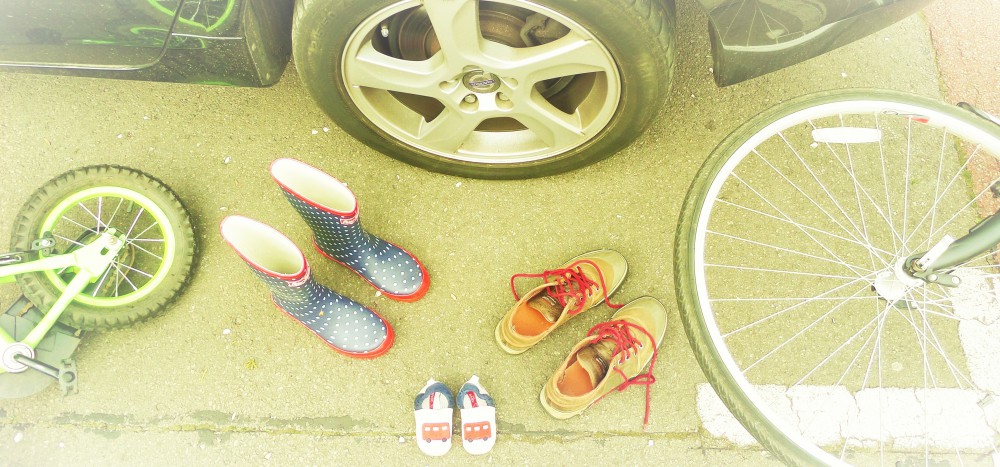As well as being a transport planner and researcher, I am also a wife and mother of two children in primary school. We live in a one-car household, partly due to our mobility history and partly on principle.
Despite living in a small town in South East England, which some locals prefer to call a village and many would consider fairly car-dependent, we moved here so my husband could walk to work. I have always taken the train when not working from home. With our excellent, catchment school less than a mile away and local amenities to meet many of our needs, the car’s role in our mobility history has been for more occasional errands and leisure trips.
Meanwhile, my principles as a transport planner and researcher are to practice what I preach and minimise the car ownership and use of my household. A single car should be able to give us more than enough flexibility and freedom to go where we wanted.
Then, two years ago, my husband changed jobs. Commuting by car is at least twice as quick and convenient for him as convoluted cycling-public transport options. We still have one car, but it is in use at particular times of day and year without much flexibility.
I can still commute by train (although I have been working from home for 16 months), and the children’s school and activities are all within walking and cycling distance. And yet, I was recently forced to admit that our car dependence has increased.
One sunny Thursday, my husband had to work late. Three of the four activities (two each) outside school which my children attend are on a Thursday, so my husband usually comes home early to help with the ferrying, whether by car, bicycle, or on foot. But now I had to do it alone. Without a car.
I walked to pick the children up from school. We came home and my son changed for his first activity. We walked there (~10 minutes). I waited outside, doing some work on my phone, and then we walked home.
A little later, we walked (~10 minutes) to my daughter’s Thursday activity, but this time I rushed home, as my son’s next activity starts 15 minutes after my daughter’s.
I cycled with my son to his activity, his pace slower than mine due to leg and wheel size. He was less than 15 minutes late. Not bad. I cycled quickly straight from there to pick up my daughter and we walked home together.
My phone’s health app said I’d been ‘active’ for four hours without stopping. My husband came home in time to pick up our son and his bicycle in the car.
I don’t begrudge the exercise. I’m lucky to be fit enough, and my work flexible enough to have been able to get my kids where they needed to go all afternoon. Indeed, we’re privileged to be able to let them participate in such activities and to even have the option to purchase a second car. We won’t because I still have my principles, but I recognise that my son wouldn’t have been late and I would have been able to do more work and finish the day less exhausted if I had a car available.
It was a car dependent day. For accessibility and car dependency is not just about the location of activities, it is also about their timing – schedule, duration, and travel time.
Car dependency is also about family structure and household decisions (unless in single person households). Not only did we choose to prioritise my husband’s car commute, I chose not to let even our older child walk unaccompanied to a nearby activity because there is a busy road without a pedestrian crossing between our home and the venue.
Until transport and accessibility planning takes account of time as well as space, families as well as individuals, it will struggle to solve car dependency.
